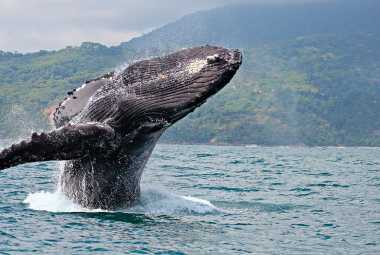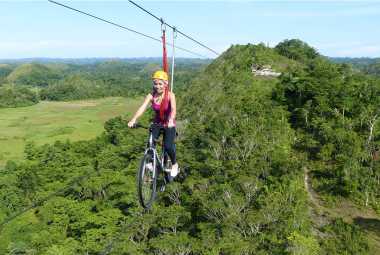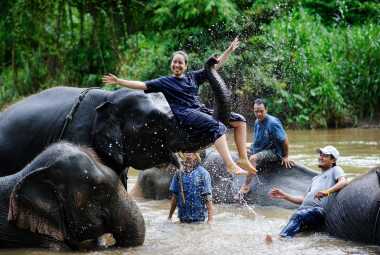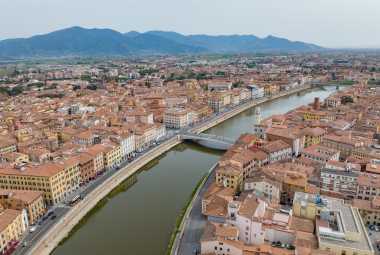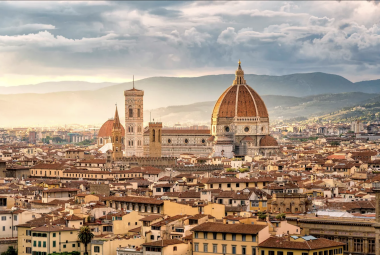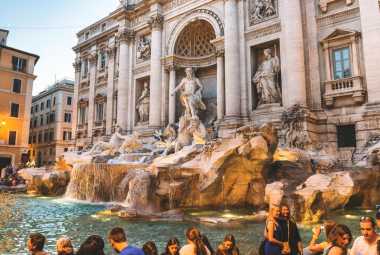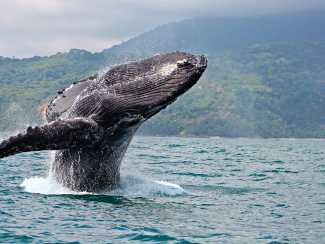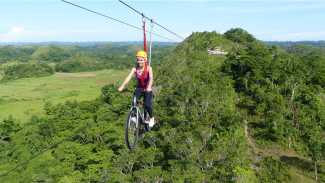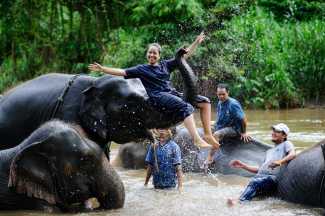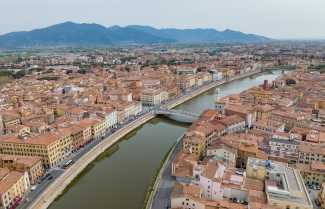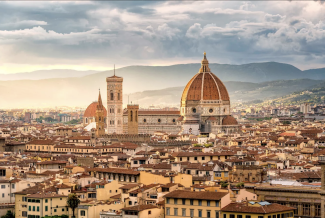Image by Matthew Donovan
*Vacation Mode is a for-profit site. It contains paid banner advertisements that are generated and managed by a third-party network. This site also includes relevant affiliate links (both in the content and on the sidebar) all of which we do our best to clearly mark as such.
With its breathtaking landscapes, unique wildlife, and rich history, Tasmania is a destination that everyone should add to their bucket list. However, many people may not know much about this Australian state, its location, and what it has to offer. Are you curious about discovering a hidden gem? Let me introduce you to Tasmania.
What Is Tasmania?
Tasmania, an island state of Australia, is located south of the mainland. Known for its diverse wilderness, including stunning national parks, rugged mountains, and beautiful coastlines, it offers unique wildlife, such as the Tasmanian devil, and a rich cultural heritage.
With its natural beauty and outdoor activities, Tasmania is a popular tourist destination, making it a must-visit location for travelers.
Interesting facts about Tasmania
Where Is Tasmania Located?
Tasmania is situated south of the Australian mainland, separated by the Bass Strait. As the 26th-largest island in the world, it is an island state known for its diverse landscapes, including World Heritage wilderness areas, pristine beaches, and unique wildlife.
If you're planning to visit Tasmania, make sure to explore the stunning Freycinet National Park, experience the vibrant culture of Hobart, and taste the delicious local produce at Salamanca Market.
What Is the Climate Like in Tasmania?
Tasmania's climate is maritime, with mild summers and cool winters. The island receives a significant amount of rainfall throughout the year, especially on the west coast. The surrounding ocean has a strong influence on the climate, resulting in consistent temperatures. Tasmania is also known for its variable weather, often experiencing four seasons in a single day due to its location and the convergence of different air masses.
What Are the Major Cities in Tasmania?
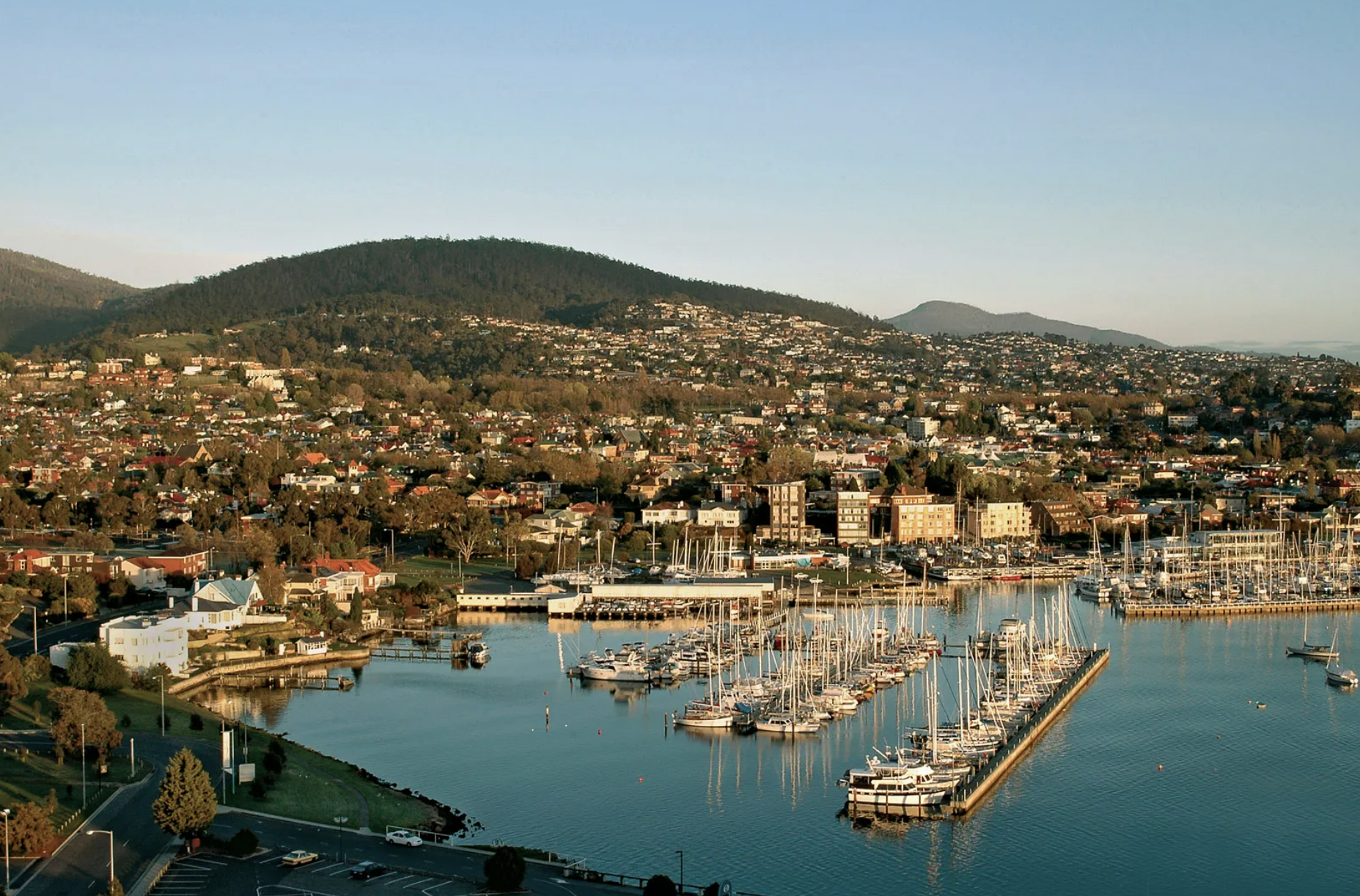
Tasmania, an island state of Australia, encompasses several significant cities. Hobart, the capital, is known for its rich history and vibrant arts scene. Launceston, the second major city, offers stunning natural attractions and a thriving food and wine culture. Devonport, another key city, serves as a gateway to the island and is famous for its maritime heritage and beautiful beaches.
Interestingly, Hobart, the capital city, is the second-oldest city in Australia.
What Are the Natural Landmarks in Tasmania?
Some of the natural landmarks in Tasmania include Wineglass Bay, Cradle Mountain, Freycinet National Park, and the Bay of Fires. These locations are known for their breathtaking beauty and distinctive landscapes.
Fun Fact: The Bay of Fires was named after the Aboriginal fires that were observed by European explorers, and not because of any fiery occurrence.
What Is the History of Tasmania?
Tasmania's rich history includes a long period of indigenous habitation, European exploration, and eventual colonial settlement. So, what is the history of Tasmania? The island was originally home to the Tasmanian Aboriginal people for over 35,000 years before British explorer Abel Tasman arrived in 1642. The British then established a colonial presence in the early 1800s, resulting in significant interactions with the indigenous population and the emergence of the island's unique culture and identity.
Who Were the Original Inhabitants of Tasmania?
The Aboriginal Tasmanians, an Indigenous Australian people, were the original inhabitants of Tasmania. They had a unique culture and inhabited the island for over 35,000 years before European settlement. Unfortunately, their population suffered a significant decline after the arrival of Europeans due to violence, disease, and displacement from their ancestral lands.
Despite these challenges, the Tasmanian Aboriginal people continue to proudly embrace their culture, history, and rights, working towards recognition and reconciliation.
When Did European Settlement Begin in Tasmania?
European settlement in Tasmania began in 1803 when a British settlement was established at Risdon Cove. This was followed by the founding of Hobart in 1804. The settlement was initially a penal colony, and the arrival of free settlers increased after the mid-19th century.
The European presence had significant impacts on the indigenous population and the environment of Tasmania.
What Were the Major Events in Tasmania's History?
In Tasmania's history, major events include:
- The establishment of the first European settlement in 1803.
- The Black War conflict between Aboriginal Tasmanians and British colonists from 1824 to 1831.
- The achievement of responsible self-government in 1856.
What Is the Economy Like in Tasmania?
Tasmania's economy is characterized by diversity, with prominent industries including agriculture, tourism, and manufacturing. In recent years, the region has seen growth in sectors such as renewable energy and aquaculture, leading to job creation and an increase in the GDP. However, the economy has faced challenges such as limited market access and population growth, which have influenced its overall trajectory.
What Are the Main Industries in Tasmania?
Tasmania's main industries include mining, agriculture, aquaculture, and tourism. The island is renowned for its significant contributions to global metal production, specifically in zinc, lead, and copper. It is also a major player in the agriculture sector, with a focus on dairy and wine production. The aquaculture industry, which centers on salmon farming, is also a crucial economic driver. Additionally, tourism plays a vital role in capitalizing on Tasmania's natural beauty and diverse wildlife.
How Does Tasmania's Economy Compare to Other Australian States?
- Tasmania's economy is smaller compared to other Australian states due to its size and population.
- Main industries include tourism, agriculture, mining, and aquaculture.
- It has a lower GDP and employment rates than mainland states.
- Tourism plays a significant role, with its unique natural and cultural attractions.
Despite its size, Tasmania's economy boasts diverse industries and a strong focus on sustainable tourism.
What Are the Must-Visit Places in Tasmania?
When exploring Tasmania, don't miss these must-visit places:
- Cradle Mountain-Lake St. Clair National Park: Explore diverse fauna and flora while hiking.
- Wineglass Bay: Enjoy picturesque beaches and crystal-clear waters.
- Port Arthur: Delve into the historical convict site for a unique experience.
- Salamanca Market: Discover local crafts, food, and music in Hobart.
Pro-tip: Check seasonal variations for the best times to visit these remarkable spots!
What Are the Top Tourist Attractions in Tasmania?
The most popular tourist attractions in Tasmania include the iconic Museum of Old and New Art (MONA), the stunning Freycinet National Park with Wineglass Bay, and the historic Port Arthur Historic Site. These attractions showcase the diverse cultural, natural, and historical significance of Tasmania, providing visitors with a rich and immersive experience of the island's unique heritage.
During my trip to Tasmania, I had the opportunity to visit Cradle Mountain and was immediately captivated by its breathtaking beauty. The tranquil and majestic landscape left a lasting impression, creating an unforgettable experience.
What Are the Best Outdoor Activities in Tasmania?

Exploring Tasmania's diverse outdoor activities is a treat for nature enthusiasts. Hiking through the stunning landscapes of Cradle Mountain-Lake St Clair National Park, kayaking in the clear waters of Freycinet National Park, and witnessing the dramatic coastline of Tasman National Park are among the best outdoor activities in Tasmania.
Additionally, visiting the Tarkine wilderness, exploring the rugged terrains of Southwest National Park, and spotting wildlife on Bruny Island are all remarkable experiences.
What Are the Unique Cultural Experiences in Tasmania?
Unique cultural experiences in Tasmania include visiting the Museum of Old and New Art (MONA) in Hobart, exploring the rich Aboriginal heritage at Tasmazia and the Village of Lower Crackpot, and attending the vibrant annual Dark Mofo festival. These experiences provide a deep insight into the diverse cultural tapestry of Tasmania.
During my visit to Tasmania, I had the opportunity to participate in a traditional Aboriginal dance ceremony, immersing myself in their ancient culture and traditions. The experience left a profound impact, fostering a deep appreciation for the unique cultural heritage of Tasmania.
Frequently Asked Questions
What is Tasmania and where is it located?
Tasmania is an island state in Australia, located in the southernmost part of the country.
How do I get to Tasmania?
You can fly to Tasmania from major cities in Australia or take a ferry from Melbourne. You can also drive from the mainland via a car ferry.
What is the weather like in Tasmania?
Tasmania has a temperate climate with four distinct seasons. The summers are mild and the winters are cool, with some regions experiencing snowfall.
What are the must-visit places in Tasmania?
Tasmania has breathtaking natural landscapes, historical sites, and charming towns to explore. Some must-visit places include Freycinet National Park, Port Arthur Historic Site, and Salamanca Market.
Is Tasmania a good place for outdoor activities?
Yes, Tasmania is known for its outdoor adventures such as hiking, camping, and wildlife spotting. There are also opportunities for water sports like kayaking and surfing.
What is the best time of year to visit Tasmania?
The best time to visit Tasmania is during the summer months (December-February) when the weather is pleasant and ideal for outdoor activities. However, each season offers unique experiences in Tasmania, so it ultimately depends on your preferences.


